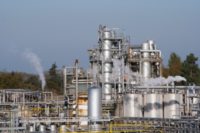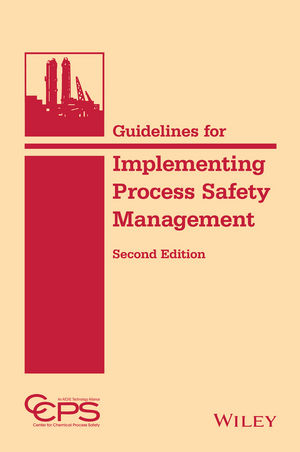History
A series of catastrophic chemical incidents in the 1980s led to OSHA issuing its Process Safety Management of Highly Hazardous Chemicals standard (PSM) in 1992. The PSM standard establishes a comprehensive management program that integrates technologies, procedures, and management practices.
Violation case study
On March 23, 2005, at a BP oil refinery in Texas City, Texas, a cloud of hydrocarbon vapor came into contact with a truck that had been left idling nearby. Realizing the danger, workers frantically tried to turn off the engine, but were forced to flee when the vapor cloud expanded. The cloud spread – with no alarm sounding – until it ignited and exploded -- a giant blast and shock wave that instantly killed 15 people and seriously injured 180 others.
Why this standard is important
Unexpected releases of highly hazardous toxic, reactive, or flammable chemicals create the possibility of a disaster for workers, employers, and communities. Due to new chemicals coming into use without their risks being fully addressed and oil refineries and chemical plants getting bigger and facility processes becoming more closely linked, some experts believe that catastrophic accidents will continue to occur and become even more destructive in the future.
Key compliance requirements
- Covered employers must conduct a process hazard analysis (PHA).
- Employers must identify those processes that pose the greatest risks and begin evaluating those first.
- The standard also mandates written operating procedures; employee training; prestartup safety reviews; evaluation of mechanical integrity of critical equipment; and written procedures for managing change.
- PSM specifies a permit system for hot work; investigation of incidents involving releases or near misses of covered chemicals; emergency, action plans; compliance audits at least every three years; and trade secret protection.



